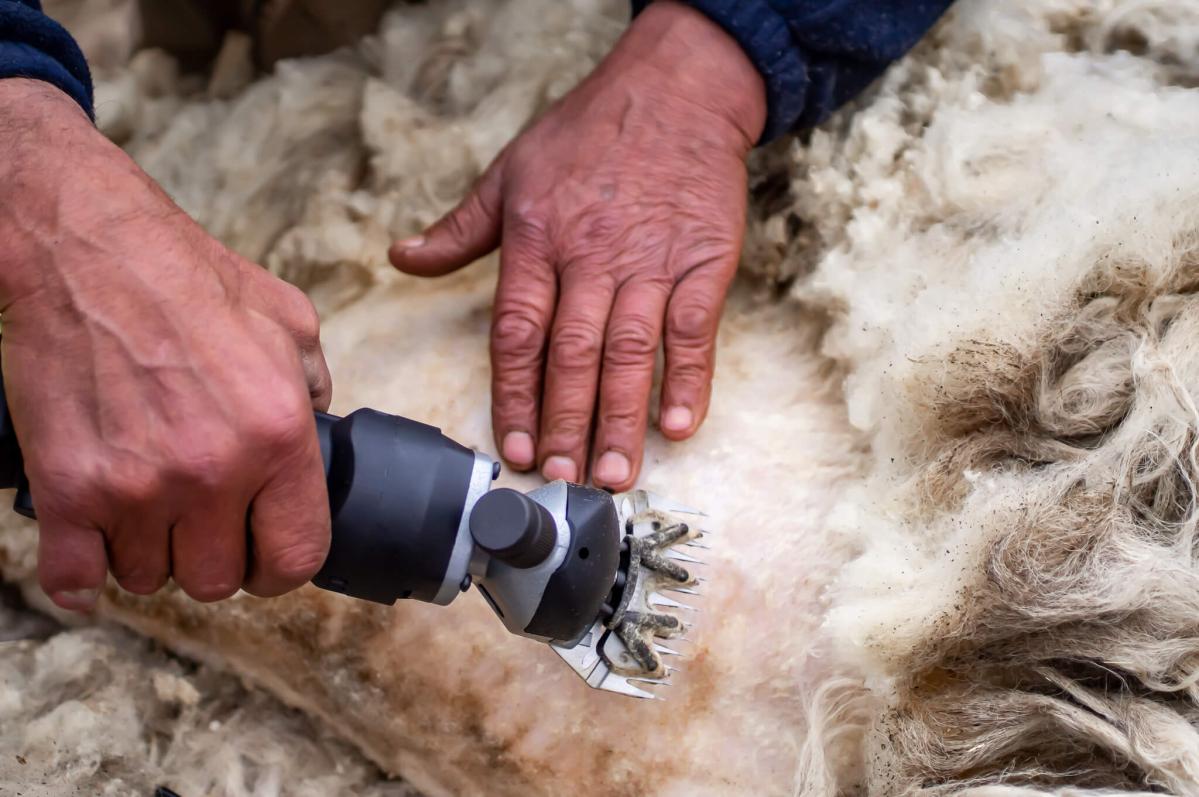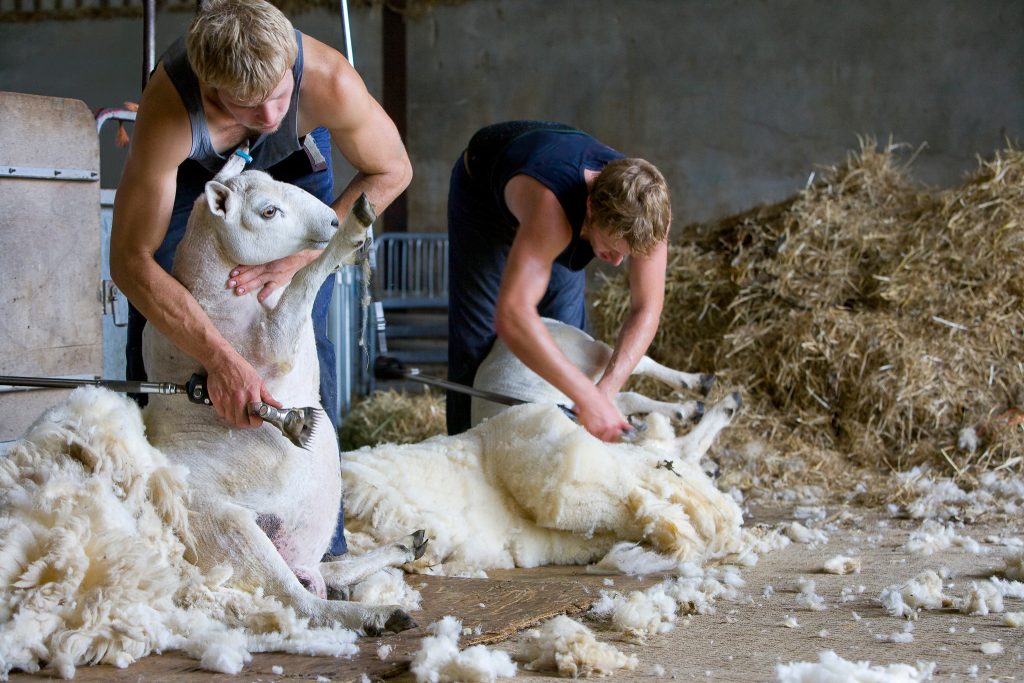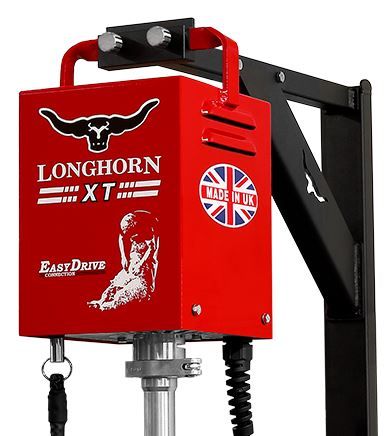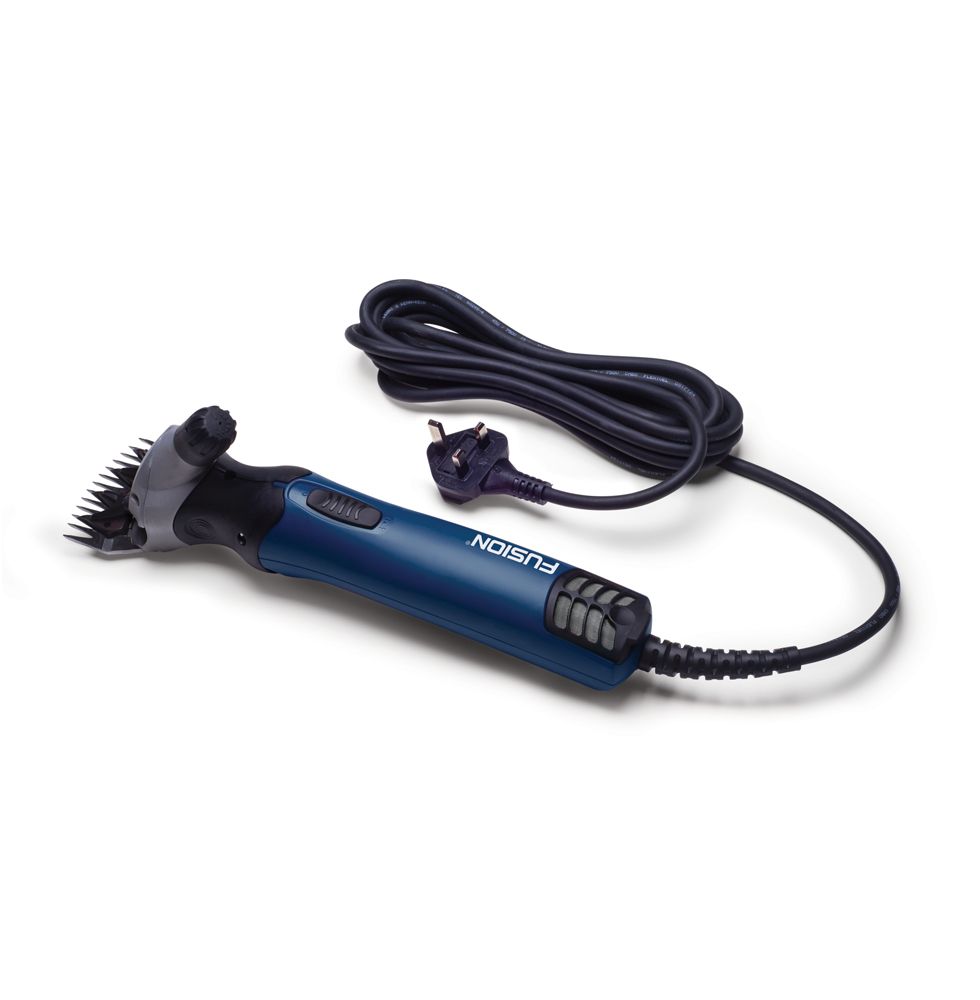
Shearing is one of the oldest and most essential tasks in British farming, woven into the rural calendar as surely as lambing and harvest. But how do you shear a sheep properly? Understanding the best practices for shearing is not just a matter of animal welfare; it ensures a healthy fleece, and a contented flock.
Why shearing matters
Shearing is about much more than aesthetics. As temperatures rise, an unshorn sheep risks heat stress, flystrike (a potentially fatal condition where flies lay eggs in dirty wool), and general discomfort. By removing the fleece before summer, farmers ensure their animals stay cool, clean, and healthy. In some cases, the wool produced can be sold to a variety of industries, from textiles to insulation, making shearing a key part of sustainable farming.
Preparing for shearing day
Preparation is crucial to a smooth shearing process. Ideally, sheep should be dry, clean, and fasted for 8-12 hours beforehand to reduce stress and make handling easier. Setting up a clean, non-slip shearing area protects both the shearer and the sheep from injuries. Many UK farmers call in professional shearers, but whether professional or DIY, having the right setup - including sharp blades and a well-maintained shearing stand is fundamental.

How to shear a sheep step-by-step

Catch and position the sheep: Gently catch the sheep and position it on its rump with its back against your legs. This keeps the animal calm and gives you control.
Start with the belly wool: Begin by removing the wool from the belly area. This wool is often of lower quality but must be cleanly shorn away.
Move to the hind legs and tail: Carefully shear around the hind legs and the tail area. Pay close attention to folds of skin to avoid cuts.
Work up the flank: Shear smoothly up one side of the sheep, taking long, fluid strokes. Consistency is key for a clean fleece.
Shear the shoulders and neck: Support the sheep's head carefully and shear around the neck and shoulders, keeping your strokes steady and even.
Finish along the other side: Rotate the sheep and complete the other side, working methodically to avoid second cuts (where the wool is cut twice, lowering its value).
Release and inspect: Once finished, gently release the sheep back to its feet. Inspect for any accidental nicks and treat them immediately.

Tips for a smooth shearing experience
- Stay calm and confident: Sheep sense tension. Handling them calmly helps minimise stress.
- Use sharp equipment: Dull blades tug at the wool and risk injuring the animal.
- Mind your back: Good posture and ergonomic techniques prevent shearer fatigue and injury.
- Teamwork helps: If possible, work in pairs - one person catching and positioning sheep, the other shearing.
Farming tradition and animal welfare
In the UK, sheep shearing isn't just about practicalities; it’s part of our rural heritage. From shearing competitions at agricultural shows to centuries-old sheep breeds prized for their wool, shearing reflects a blend of tradition, skill, and modern animal husbandry standards. Always remember: proper shearing prioritises the welfare of the sheep first and foremost.
By learning how to shear a sheep properly, farmers not only uphold high welfare standards but also preserve a proud tradition that remains vital to British agriculture today.
Best shearing brands
With trusted brands like Lister, Horner, and Heiniger, you’ll find reliable shearing equipment and clothing that will help you work quickly and comfortably, year after year.
